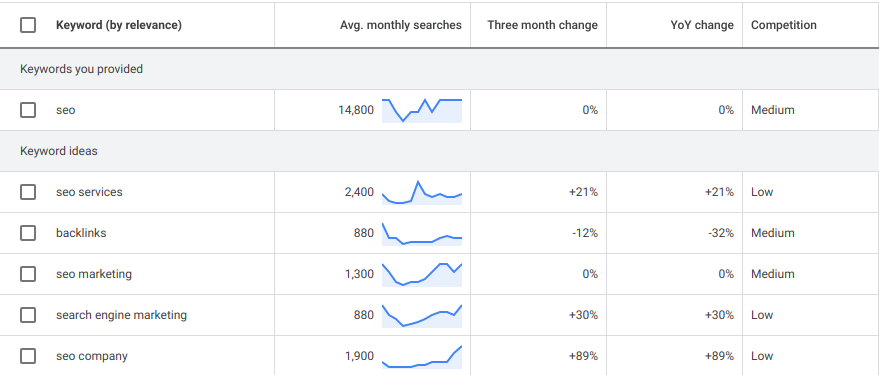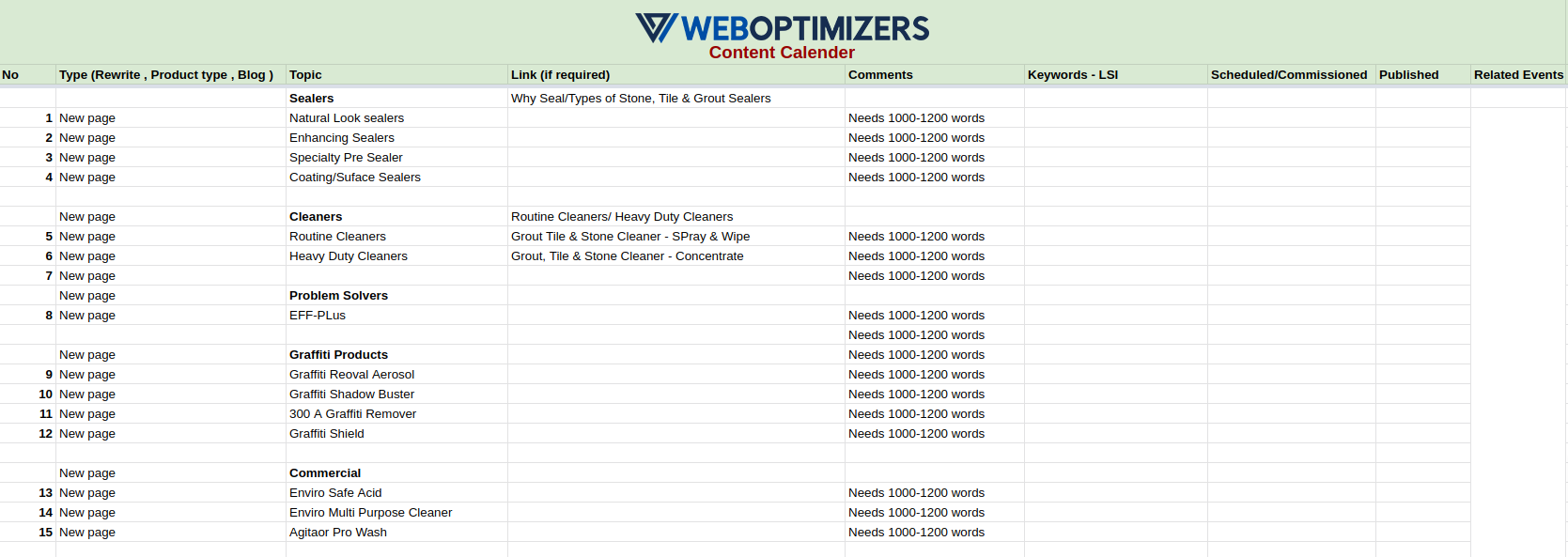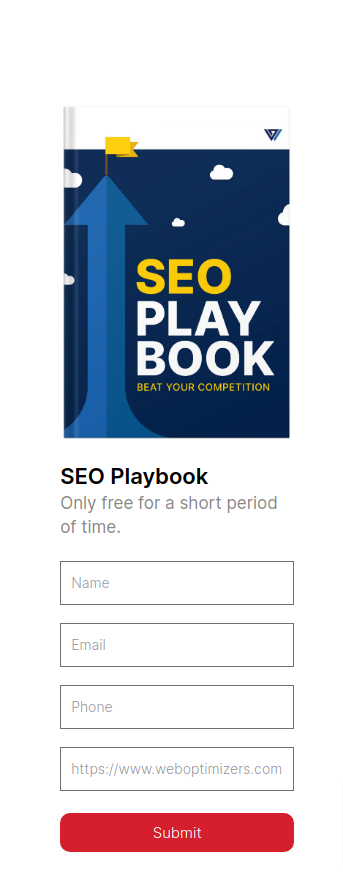People underestimate the power of a blog. They also underestimate the hard work that goes into writing a high-quality blog.
You may be starting out on your blogging journey. Or you could be already established and writing. You’ll understand.
You put a lot of time and effort into writing and publishing blogs. Of course, you’re going to want to see some results from your work!
We’ve put together our best blogging tips so you can write blogs that win.
Pick your niche
There is a tonne of competition in the blogging world online.
With 31 million active bloggers online and 8.28 million blogs published per day, it can be hard to stand out.
You need to provide unique content that stands out from the rest. Content that attracts and grows your audience.
To do this, you need to determine what your blog niche is. These are the specialized topics or area/s you will focus on and will define your online presence.
You want to find a niche that:
- You are passionate about
- You have experience, knowledge, and expertise in
- Is popular and one that has search traffic
- You could monetise
Your niche could be industry-based, audience-based, or subject-based. It’s best to start with one niche and as your blog starts to grow, branch out to other broader topics.
Industry based
Topics within a specific industry such as marketing, cosmetics, or investing
Audience based
Topics targeting specific audiences such as new mothers, business owners, or event planners.
Subject based
Topics based on a specific subject such as news content, baking, or literature.
Write unique content
It can sound like common sense. But amongst the 600 million blogs available online, it’s hard to break through the noise.
Writing unique, valuable content will help you to establish yourself as a writer.
You can become a thought leader within your niche, and growth will come organically.
This is always easier if you have chosen a niche that you love and have experience in. Your enthusiasm and passion will be obvious in your writing.
You’ll also be less inclined to copy content and writing styles from similar blogs.
Do research on your target audience
If you want your blogs to get seen and read, you need to understand your target audience.
Ask yourself questions such as;
- What are they looking for?
- What keywords/phrases are they searching for?
- What language and content do they connect with?
Research can start as simple as looking into a Google ads console and starting with basic keywords to check volume.

Create buyer personas and note down their pains, challenges, dreams, and goals. Then write about topics that address these and will resonate with your audience.
Make sure you use language and formats that match the behaviors and needs of your audience. It can be easy to forget that what you like isn’t always the case for your readers.
And for each blog you write, there must be value.
You should always ensure you are solving something or satisfying a need of the reader.
Put in place a content calendar
Consistency is key to successful blogging. A content calendar will help you stay organized and consistent with your publishing. You can plan your blogs in advance, whether monthly, quarterly or even yearly. This allows time for you to research and gather content.
Your content calendar should include the:
- Publishing Date
- Status
- Content Title
- Targeted Keywords
- Intended Audience
- Type
- LSI keywords
This is a great way to ensure your blog topics are always relevant and cohesive. You should think about it as publishing your blogs in a well-thought-out manner.
When you plan your content strategically, you provide true value for your readers.
Using a content calendar will help you keep track of your content and keep you accountable.
Start with an outline
Starting with an outline will make your life much easier. Writer’s block is a time-consuming and frustrating process. And a hard-to-read blog is a surefire way to lose the attention of the reader.
An outline will give you a direction to follow as you write. There are many benefits to both you as a writer as well as your readers:
- Keeps you organized and focused
- Provides a logical format and structure
- Helps to create an engaging blog
You’ll find writing blogs will become a much easier process. You’ll spend less time with writer’s block and more time writing!
Create a catchy headline to pull readers in
This is often the first thing potential readers will see, and it must grab their attention. If you fail at this step, it doesn’t matter how amazing your blog itself is. It won’t get read. Simple.
You should spend time creating your headline with much consideration. When you do, your headline will be unique and readers will be eager to read more.
How do you create a unique and irresistible headline you ask? It can be an art in itself, but once you know how to, you’ll see your blog traffic increase significantly.
- Ensure you include your keyword
This benefits your readers and your SEO. You clearly show your reader what the blog is about. And Google will be able to find and rank your blog for the keyword and associated search terms.
- Include the benefit you are offering within the blog
Show the reader exactly what it is they’re getting if they read your blog. For example, if you’re going to show them how to increase their organic website traffic – make this known in the headline!
- Use language that resonates with your audience
If you have taken the time to create buyer personas and understand their pains, frustrations, and needs, this should be easy. Use the language they are most likely to respond to, to capture their attention.
- Use numbers!
“Number” headlines have been shown to outperform other headline formats by around 15%. An example is “15 Ways to Increase Your Organic Website Traffic”. It doesn’t mean that all your blog headlines should have numbers. But if you can, you’re likely to see more click-through to your blog.
- Keep it simple
You have a very short amount of time to hook the reader. You should aim for between 50-70 characters in your blog headline. And it should be concise, to the point, and, of course, promise value.
Use the CTR metric in Google Search Console to find our the catchiness of your meta or titles.

Use catchy introductions
You’ve succeeded in getting the reader to click on your blog with your catchy headline. Now it’s time to keep that attention with an introduction that keeps them wanting to know more.
Nailing your introduction is key in getting the reader to stay on the page and continue reading.
You don’t want to lose their attention and see your efforts go down the drain. You want to sell the value to them and keep them scrolling.
There’s a simple way to guarantee an intriguing introduction.
- Highlight their pains and frustrations
Start the introduction by highlighting, or agitating, the reader’s pains, frustrations, or needs. This will grab their attention, as they can relate, and will show them you understand.
- Provide the solution to their problem
Show the reader what to expect and the value you are offering with your blog. If they believe you can solve their problem or frustration, it’s highly likely they’ll keep on reading!
Write for skim readers
Nielsen Norman Group are world leaders in Research-Based User Experience. Their research confirms why it’s important to make your blogs as easy to read as possible.
They found that 79% of their test subjects always scanned any new page they came across. And only 16% of them read the page word-for-word.
That’s a lot of words your readers are skimming past. And it’s why we can’t say it enough – write your posts for skim readers.
By this we mean, make your posts simple, easy to read, and break the content up wherever possible. Readers will be scanning the content looking for keywords that are relevant to them. Make it easy for them to find what they need and you’ll be onto a winner.
Include subheadings, formatting, and bullet lists to keep your paragraphs short and simple. You can also break it up further with the use of images or info graphics where appropriate.
Incorporate data and research
We all want to achieve engagement, shares, and, most importantly, leads and sales from our blogs.
But sometimes, getting the reader to stick around to the end of the blog is a hard task.
People love facts. They love to see proof of what you’re saying. If you’re not using facts and data in your blogs, you risk sinking amongst the millions of bloggers online.
There are many benefits of including data and research in your blogs, including:
- It provides justification for your point
- Builds trust and authority with your audience
- Reiterates your expertise and knowledge
- Provides a more compelling story-telling experience
Beware of the buyer’s journey
Everyone looking to buy a product or service goes through the Buyers Journey. Your job is to help them make decisions throughout this process.
The content you share for each stage of this journey will differ.
Awareness stage
The buyer first realizes they have a problem or need. Blogs that provide general information and an overview of your topic are good at this stage.
Aim: Make them aware of a problem and how they can relate to it, not brand specific.
Consideration stage
The buyer is looking at possible solutions and options in more depth. Blogs that outline benefits and address concerns will help the reader at this stage.
Aim: Offer solutions to their problems, not brand specific.
Decision stage
This is the most important stage, where the buyer will make a decision. Your job is to get them across the line using your blogs. Case studies and detailed product/service information are great for the decision stage.
Aim: Validate their decision, brand specific.
Make sure you keep the buyers’ journey in mind when planning your blogs. You’ll keep your readers happy by providing useful content, no matter what stage of the journey they’re at.
Make sure your grammar is on point
Impeccable grammar is crucial. It will seal the deal on a well-written blog.
Get it perfect, and it will go unnoticed, for the right reason. Get it wrong, even just one mistake, and it will stick out like a sore thumb.
Errors make you look unprofessional, rushed, and sloppy. It can also easily affect the success of your blog.
Check it, check it, and check it again. With trusty old spell check and free tools such as Grammarly, it’s easy to get the upper hand on getting it right.
Don’t be a perfectionist
Perfection is great in most instances. But it can also be a nuisance.
If you spend so long trying to get the “perfect” blog, you’ll never publish any!
Yes, you want to have a blog that is well-written and convincing. But what you see as perfect, and what your audience sees as valuable, can be two very different things.
It can be easy to fall into the trap of overworking what is already an excellent blog!
Repurpose your content
Repurposing your blogs gives you the opportunity to promote and get your blog found online.
4.26 billion people use social media worldwide. Using social media, getting your content in front of a wide audience has never been easier.
You have the ability to engage with readers and generate traffic to your blog. All in a way that resonates with your audience and further establishes your credibility.
Whether your audience prefers infographics vs video content. Or case studies vs webinars. You can repurpose your blogs in different formats and on different social media platforms. You want to capitalize on your efforts wherever possible.
Capture email addresses
Your email database is like your own little personal fanbase.
It’s full of people who have chosen to subscribe and therefore want to see your content. Emails or eNewsletters are a simple and direct way of reaching these people.
So, make sure building and nurturing this database is high up your priority list.

We’ve noted a few tips for you below:
- Include an email sign-up prominently on your blog
- Create personalized, tailored content for your subscribers
- Send regular, relevant newsletters that provide value
- Keep an eye on your analytics and make note of any trends
- Don’t stress if users unsubscribe – it happens to the best of us!
Update older content
Take the time to read through your old content and keep them fresh wherever possible.
This may mean updating blogs with new stats or data to ensure they’re accurate. Or it could simply be refreshing broken or outdated links.
However you do it, you’ll benefit from refreshing your old content. It keeps your blogs relevant, and in line with your current opinions and expertise.
The added bonus is it will also boost your SEO. Google loves fresh content. By improving your Search Engine Ranking, you could increase traffic to your blogs.
Look at your insights
Your analytics tell a lot about what is and isn’t working. And can help you plan and tailor future blogs.
You have the ability to track and regularly review a lot of data about your readers’ behavior. This paints a picture of what is resonating with your audience and you can make changes based on this.
You should take the time to analyze:
- How many views each blog has had
- The time spent reading each blog
- What the reader is doing after reading the blog (are they leaving the site or moving to another page?)
- How people are finding your blogs
You may notice trends, both good and bad. For example:
- The time your readers are spending on each blog is low. You could try changing the style of the writing and see if this changes.
- Readers may be leaving your site when they have finished a blog. You’ll want to make sure you have CTA’s and links to direct the reader throughout your site.
Encourage social sharing
This one is pretty straightforward. Include your social links and the ability to share your blog in every footer.
Social sharing will support you on your journey to success. And if you make this as simple as possible for your reader, it’s much more likely to happen.
If the reader sees true value in what you’ve written, they’ll want to share it with their network. If the option to share isn’t simple though, they may just move away and forget about sharing it all together.
To further encourage engagement, think about turning the commenting functionality on.
Final thoughts
Blogging allows you to promote your products and services, drive traffic to your website and build trust with your audience.
It can seem time-consuming and never-ending, but the benefits make it well worth it. Getting it right can make the hard work pay off and turn it into a fun and profitable process.
Keep these tips in your arsenal and focus on providing true value for your readers. Blogging will become a crucial part of your content strategy and you’ll wish you started sooner!
